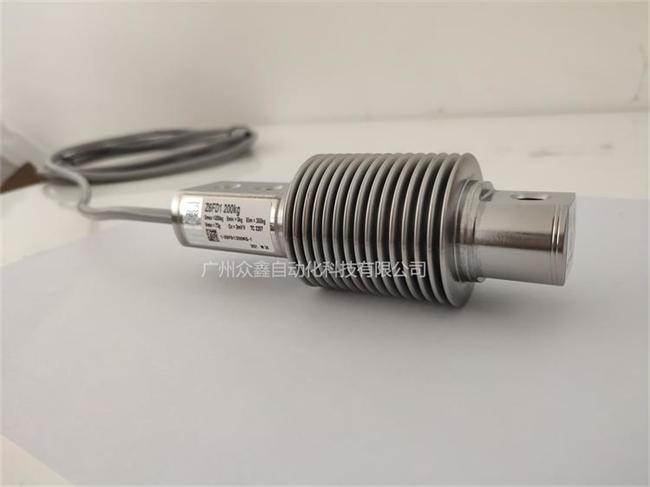push time:2023-06-26 Popularity: source:1
At eachLoad CellAbove, the rated range will be marked, which refers to the maximum value that the sensor can measure. For example, if the range of a certain weighing sensor is 100kg, it means that the maximum weight that the sensor can weigh is 100kg. The range of weighing sensors varies among different models, with some models mainly having a small range and others mainly having a large range.
When the weighing sensor is in operation, the load should not exceed the rated range. Exceeding the rated range is called overload, and overload of the weighing sensor may cause damage to the sensor, affecting its accuracy and measurement accuracy.
The range units of weighing sensors are not exactly the same. The most common units are kg and t, which represent kilograms and tons respectively. In addition, the unit lb can also be seen, which is the English weight unit, meaning pounds, and the plural is lbs. In addition to the load cell, the measuring range units of different sensor types are different. For example, the measuring range units of force sensors are mostly N and KN, which will not be introduced here.

When selecting the sensor range, full consideration should be given to three factors: accuracy requirements, impact degree, and bias load conditions. The impact force is relatively high, but the accuracy requirement is relatively low. In this case, the sensor range can be appropriately selected to increase overload capacity and extend the service life of the sensor.
For some weighing systems that may cause significant bias during weighing, the maximum load and impact force on a single sensor under the maximum bias state should be considered. For some weighing systems with small bias loads and impact forces, the safety margin of the sensor range can be appropriately reduced to improve the accuracy and stability of the weighing system.
When determining the sensor range, many factors need to be considered. Many scales not only use one sensor, but may require 3 or 4 support points, with each support point requiring a sensor. Therefore, in the selection of sensor range, it can be determined through comprehensive evaluation based on factors such as the maximum weighing value of the scale, the number of sensors selected, the self weight of the scale body, the possible maximum bias load, and dynamic load.
In the same weighing system, sensors with the same rated range and unified parameters must be selected to ensure the accuracy and stability of weighing. When a sensor in the weighing system is damaged, it is necessary to use the original weighing sensor model and range. If the model or brand needs to be replaced, all weighing sensors must be replaced together.
Sales hotline:
Miss Chen: 18520271262
Miss Xie: 18688494254
Mr. Huang: 18688492451
Working hours:
Monday to Saturday9:0018:00
